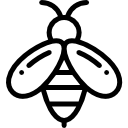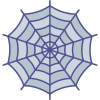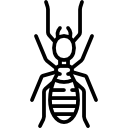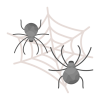House Flies
What are House Flies?
The most prevalent insect in and near dwellings is the house fly. It is sold all around the world. House flies are possible disease carriers in addition to being bothersome pests that buzz around dwellings. Although house flies have short lives, they can swiftly multiply in vast numbers, which, if not discovered and efficiently controlled, can result in massive house fly populations.
These annoyances are hardly the most orderly of insects. They go to locations like sewers, landfills, and rubbish piles. They consume feces, fluid from wounds and sores, sputum, and many types of wet rotting food, including bad fish, eggs, and meat.
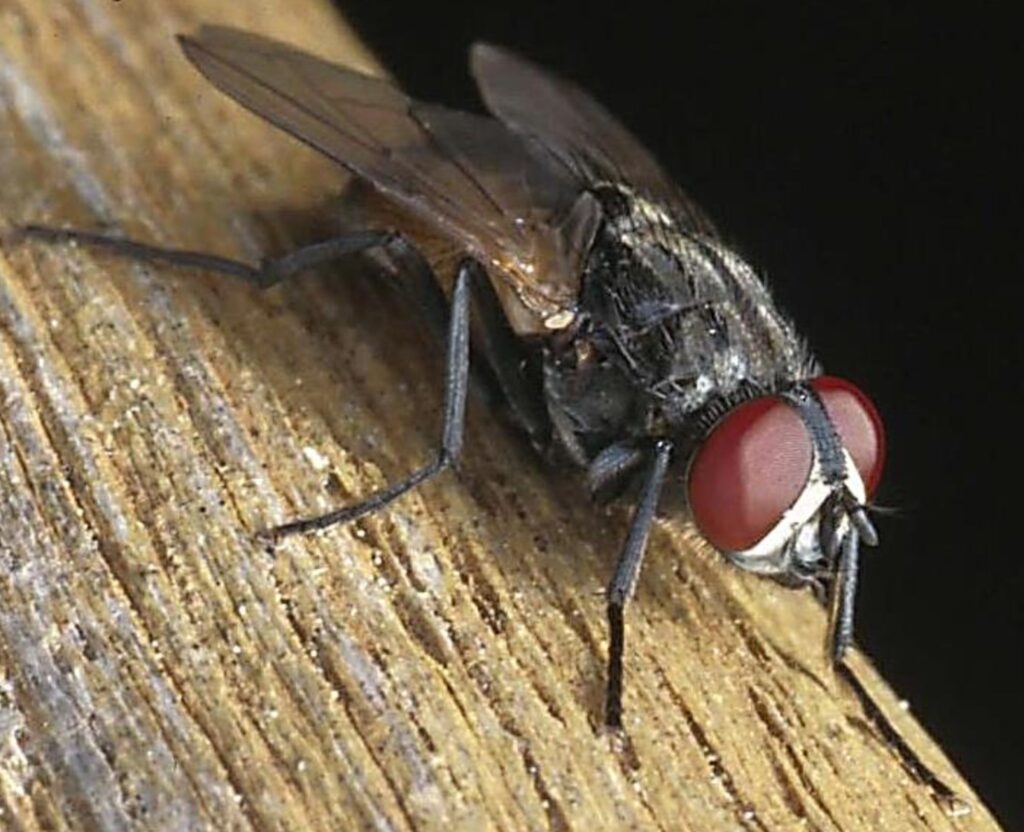
Types of Flies
Housefly eggs resemble small grains of rice. The eggs hatch into larvae, also known as maggots.
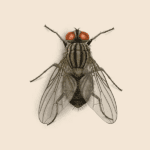
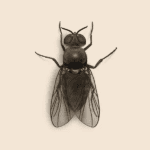
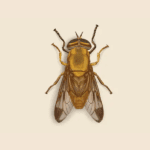
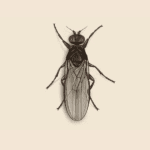
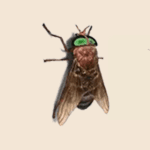
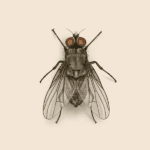
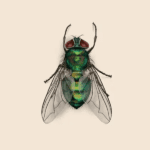
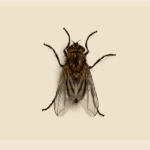
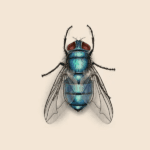
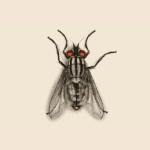
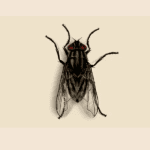
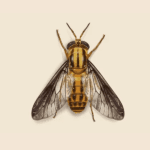
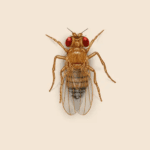
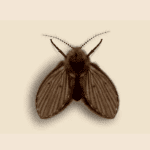
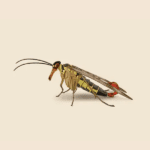
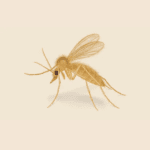
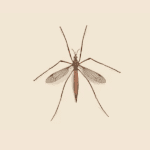
Risks associated with Ants
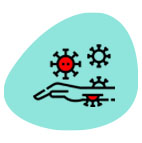
Transmitting Diseases
House flies transmits 65 different illnesses which can infect humans including conjunctivitis, gastroenteritis, salmonella, tuberculosis, typhoid, cholera and dysentery.
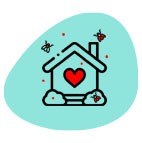
Property Damage
These pests leave small, dark clusters of spots on your property. Their larval stage could indicate a potential breeding site on your property.

Food Contamination
House flies are affected and transmit diseases through open and stored foods. These pests are highly nuisance for home and business property.
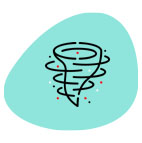
Fast Re-production
They are capable of laying up to 500 eggs in just a few days and because they hatch within 24 hours, fly infestations can escalate quickly.
A pest free home is a happy home
We make it happen!
"Simple, Reliable, Affordable"
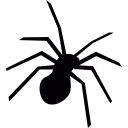
Biting
